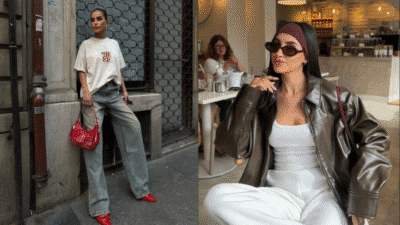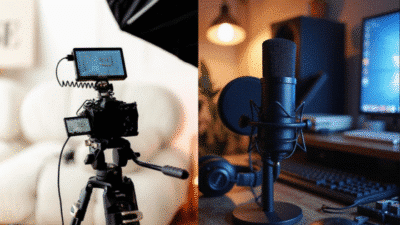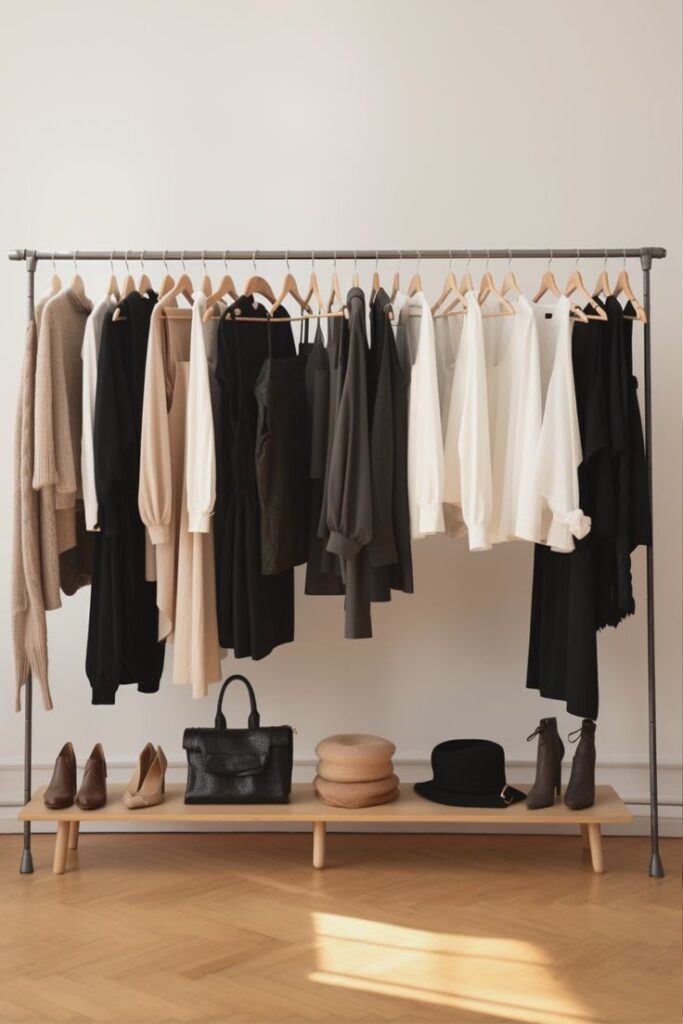
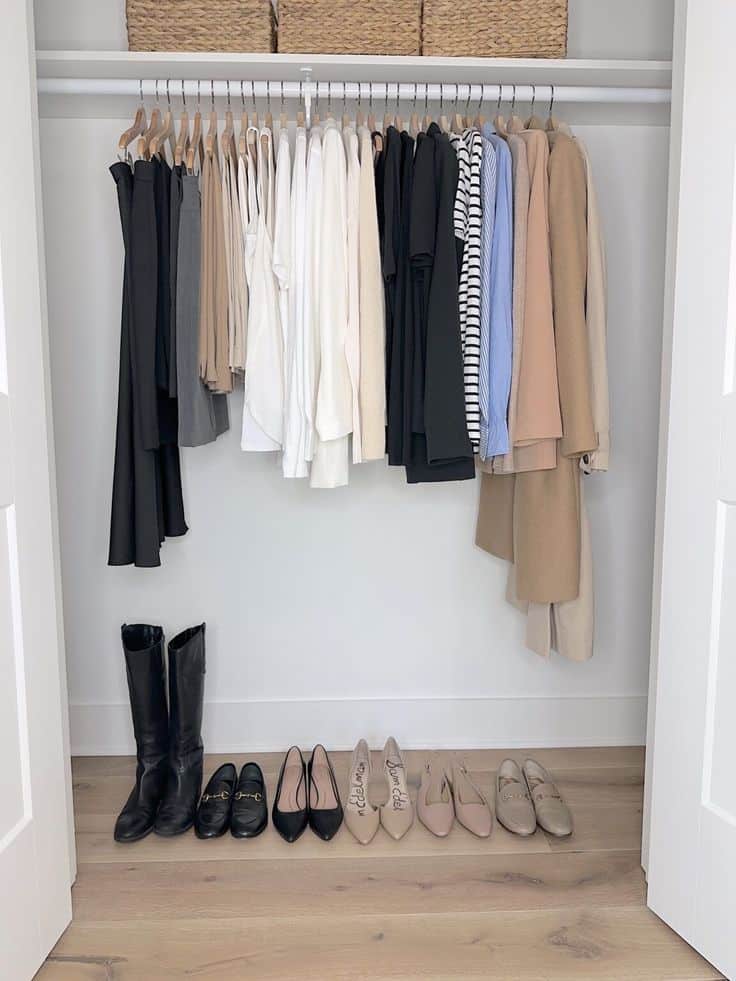
Women’s style is about expressing personality through clothing and accessories. It combines comfort, confidence, and current trends to create looks that work for everyday life and special occasions. The key to great women’s style is finding pieces that fit well and reflect who they are.
Style is not just about following fashion but also making choices that feel right personally. This means blending modern trends with timeless classics and adding small details that make an outfit unique.
Understanding how to mix and match items can help anyone build a wardrobe that works in different settings. It also includes thinking about the impact of fashion choices on the environment and society.
Key Takeways
- Personal expression is central to women’s style.
- Combining timeless pieces with trends creates versatile looks.
- Thoughtful choices improve both style and sustainability.
Defining Women’s Style
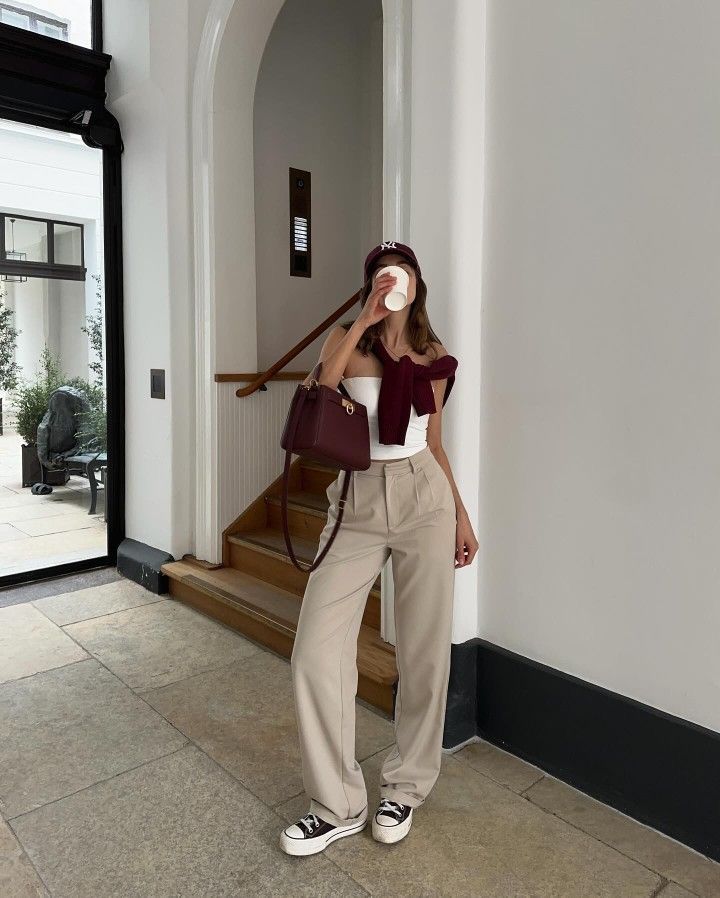
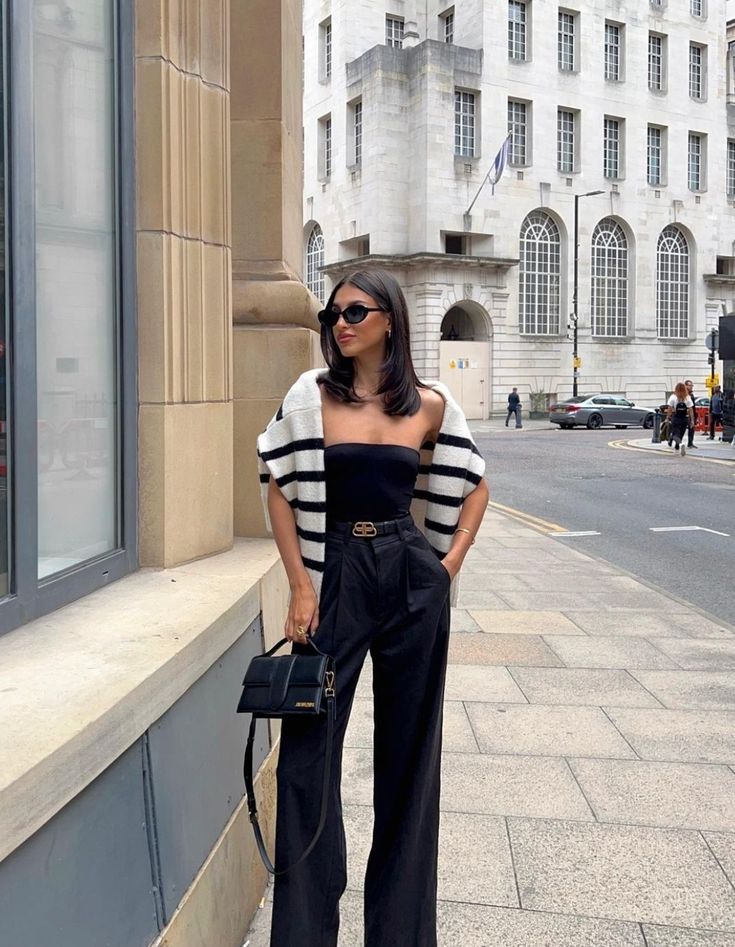
Women’s style includes the way they choose clothes, accessories, and how they put looks together. It is shaped by personal taste, culture, and current fashion trends. Key parts include clothing types, colors, patterns, and how these elements express personality. Style also changes over time, reflecting broader social and cultural shifts.
What Is Women’s Style?
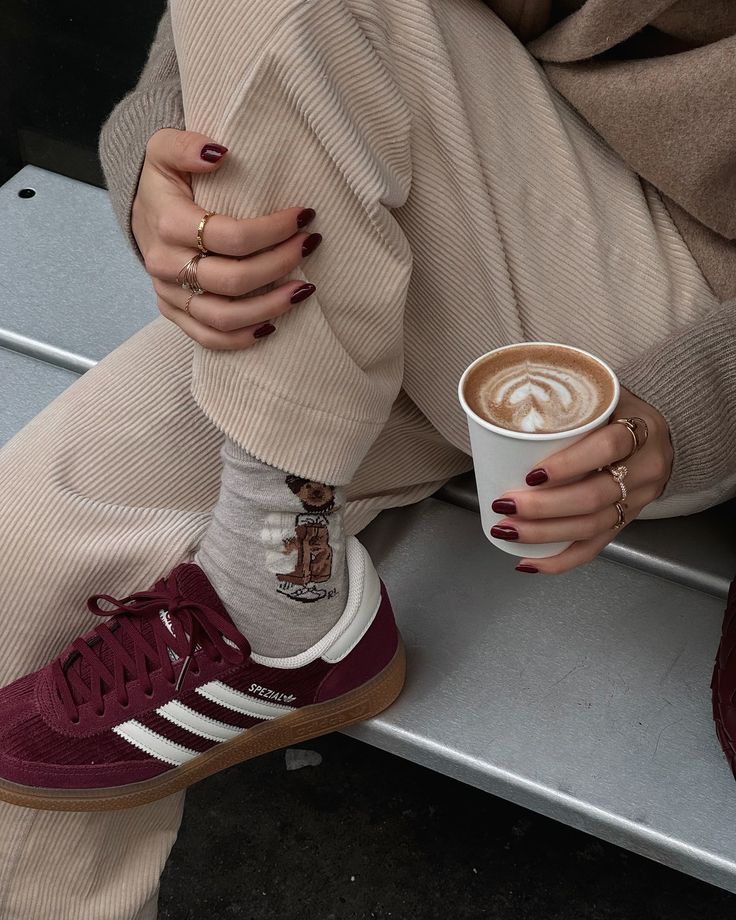
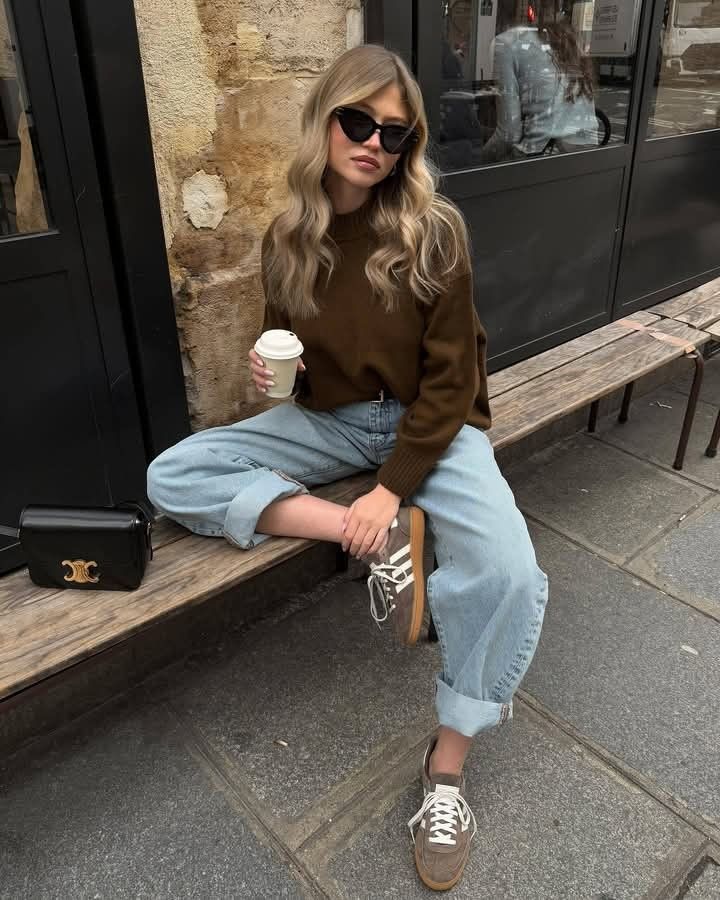
Women’s style is the unique way a woman expresses herself through her clothing and accessories. It goes beyond just wearing clothes; it is about putting pieces together to make a statement or feel comfortable. Style can show confidence, creativity, or professionalism depending on how it is used.
Style often reflects a person’s mood, values, and lifestyle. For example, some prefer classic styles that never go out of fashion, while others choose bold, trendy items. The mix of fabrics, colors, and fits all play a role in creating a woman’s look.
Key Elements of Style
The main elements of women’s style include:
- Clothing type: dresses, pants, skirts, tops
- Colors: neutrals, bright hues, pastels
- Patterns: floral, stripes, checks
- Textures: silk, denim, cotton
- Accessories: jewelry, bags, shoes
Fit is also essential. Clothes should complement body shape for a flattering appearance. Style is not only about what is worn but how items are combined to create a cohesive look.
Evolution Through Decades
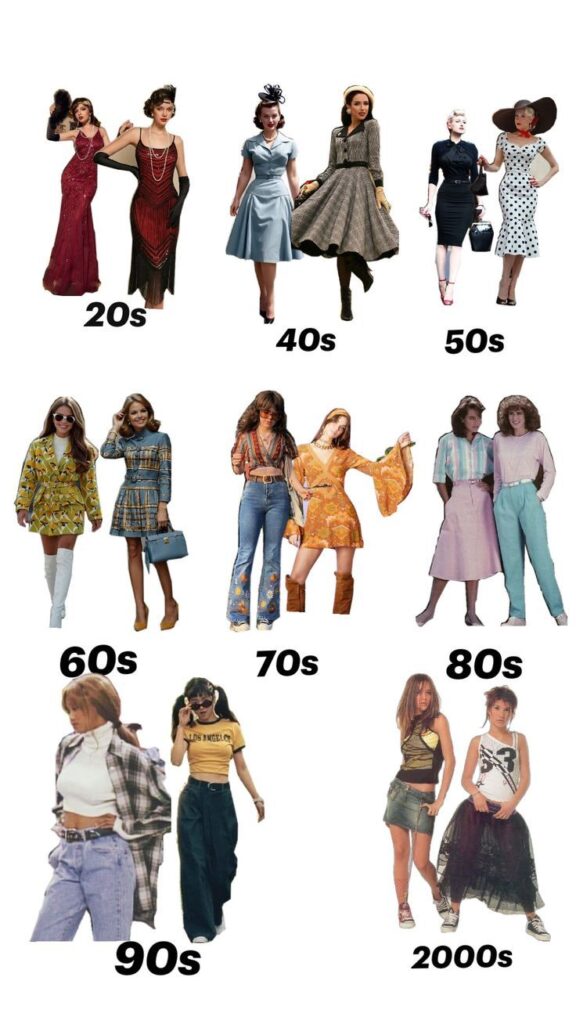
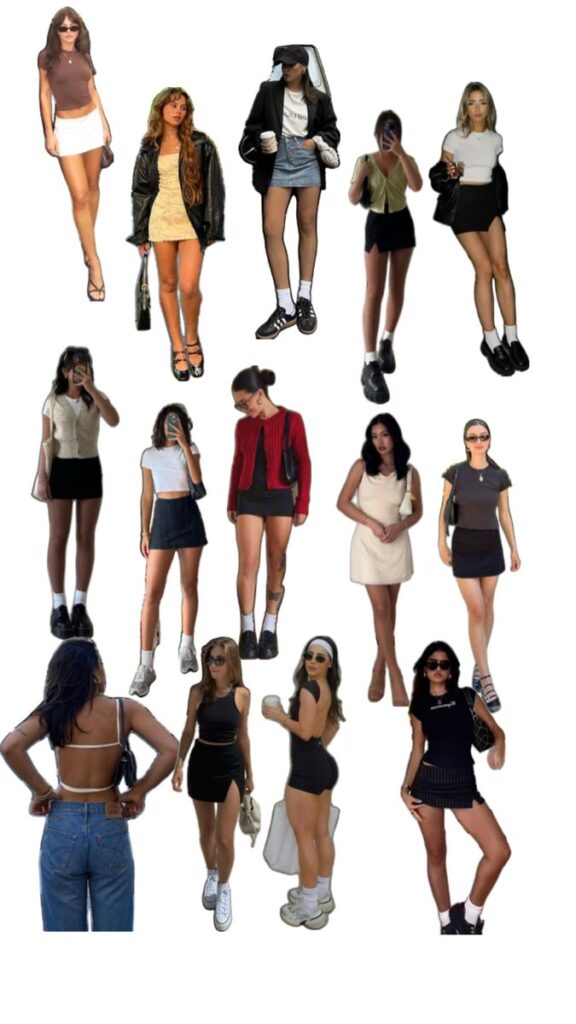
Women’s style has changed a lot over the decades. Each era has signature looks shaped by culture and events.
- 1920s: Flapper dresses, shorter hemlines, and loose fits
- 1950s: Full skirts, cinched waists, and bright colors
- 1970s: Bell-bottom pants, bold prints, and natural fabrics
- 2000s: Casual wear like jeans and graphic tees, mixed with edgy trends
These shifts reflect changes in women’s roles in society and influences from music, art, and media. Styles keep evolving as women find new ways to express themselves.
Modern Style Trends
Today’s women’s style focuses on practical choices that combine comfort with fresh looks. Color choices and fabric textures play a big role in outfits. Digital platforms shape what many choose to wear. Changes in seasons prompt adjustments in clothing styles and materials.
Trending Colors and Fabrics
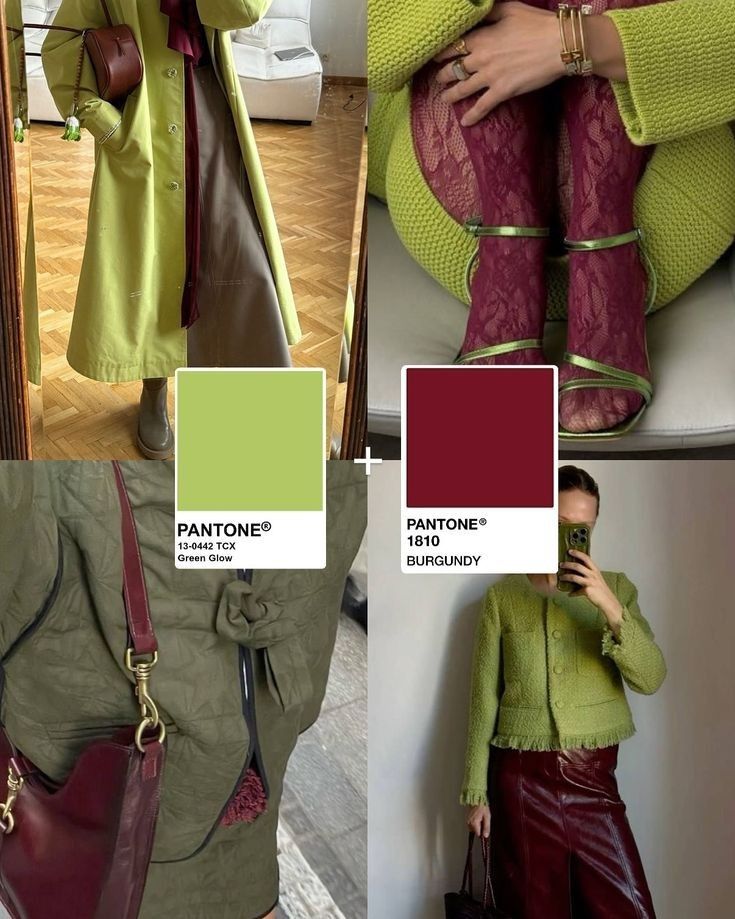
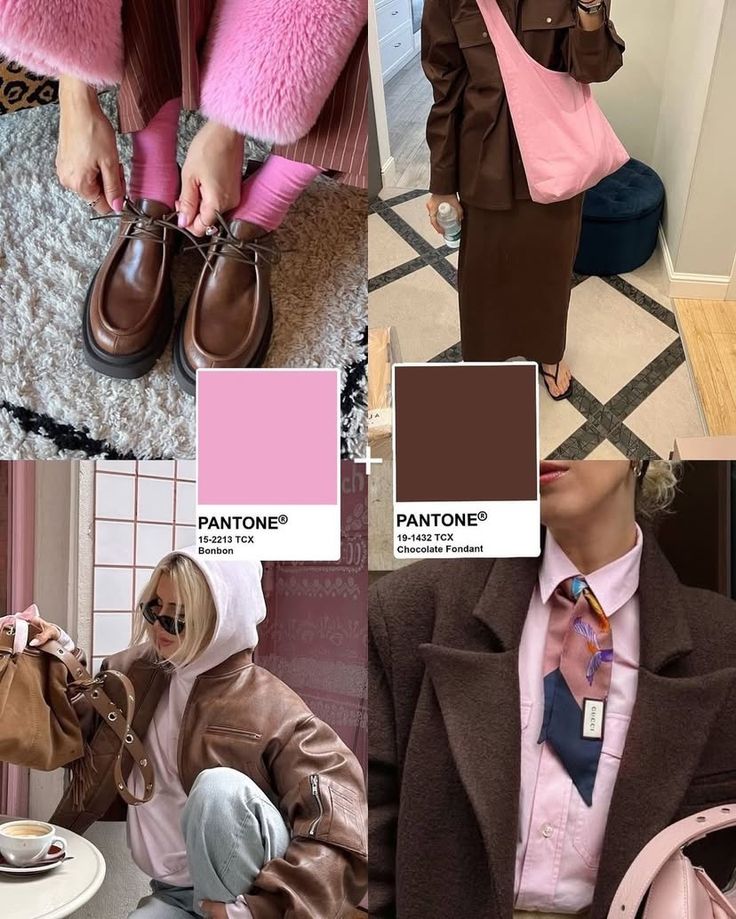
This year, earthy tones like clay, olive green, and muted ochre are popular. These colors pair well with neutral basics like white and beige. Bright colors like coral and electric blue also appear but mostly as accents.
Natural fabrics are in high demand. Linen, cotton, and recycled materials are common. These fabrics offer breathability and eco-friendliness. Satin and silk finishes add a bit of shine, often used in blouses and dresses for a polished look.
Influence of Social Media
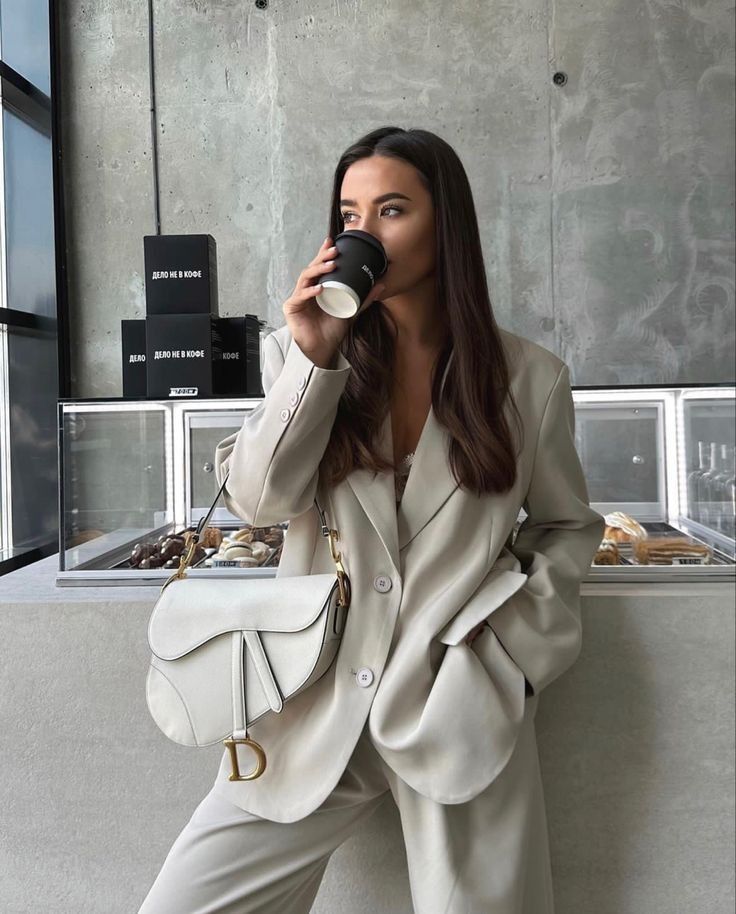
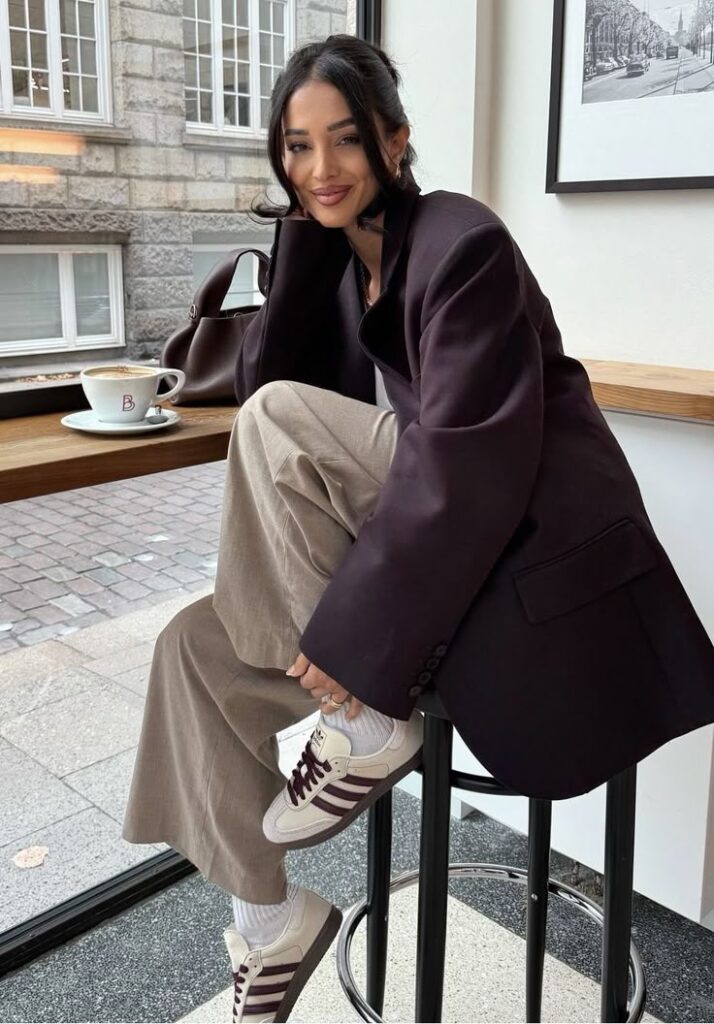
Platforms like Instagram and TikTok heavily influence fashion choices. Influencers showcase everyday wear, leading to quick adoption of styles like oversized blazers and relaxed tailoring.
Social media also spreads niche trends fast. Vintage styles and sustainable fashion get wide attention. Viewers often search for affordable and accessible ways to copy these looks. This creates a cycle where trends evolve rapidly.
Seasonal Shifts in Fashion
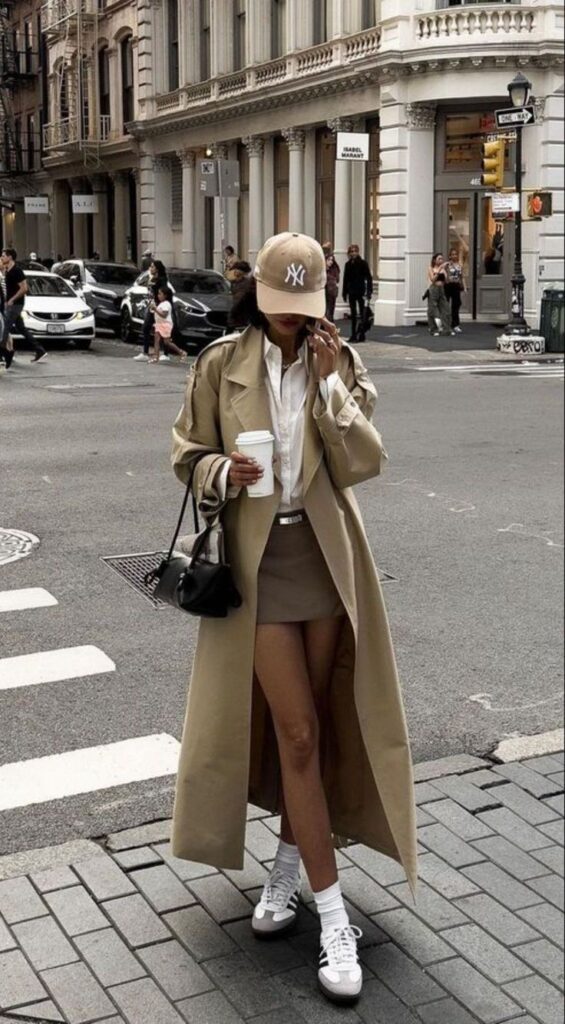
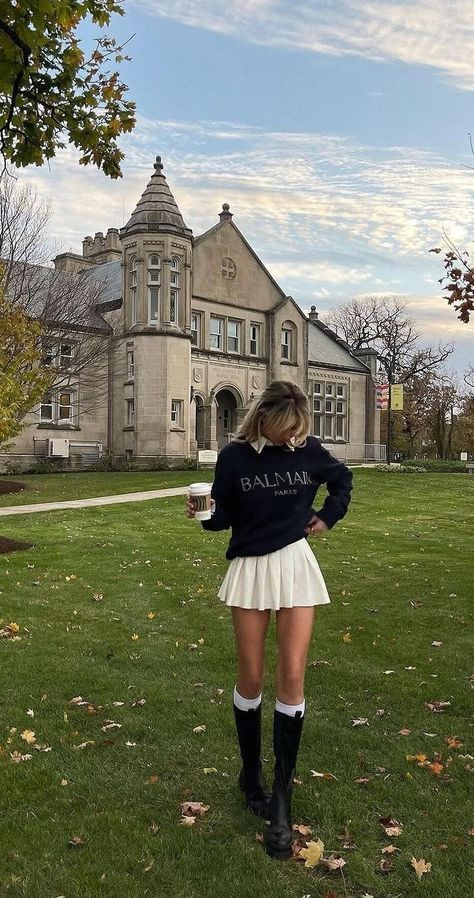
Spring and summer favor light, airy clothes, often in pastel or bright colors. Dresses, skirts, and shorts dominate. Fabrics like cotton and linen help manage heat and humidity.
Fall and winter styles move toward layering and warmer materials. Wool, leather, and thicker knits become staples. Earth tones and jewel colors like emerald and burgundy replace the light shades seen in warmer months.
Classic and Timeless Looks
Classic style focuses on pieces that stay fashionable regardless of trends. The key is to build a wardrobe with versatile items and shapes that fit well and suit many occasions.
Wardrobe Staples
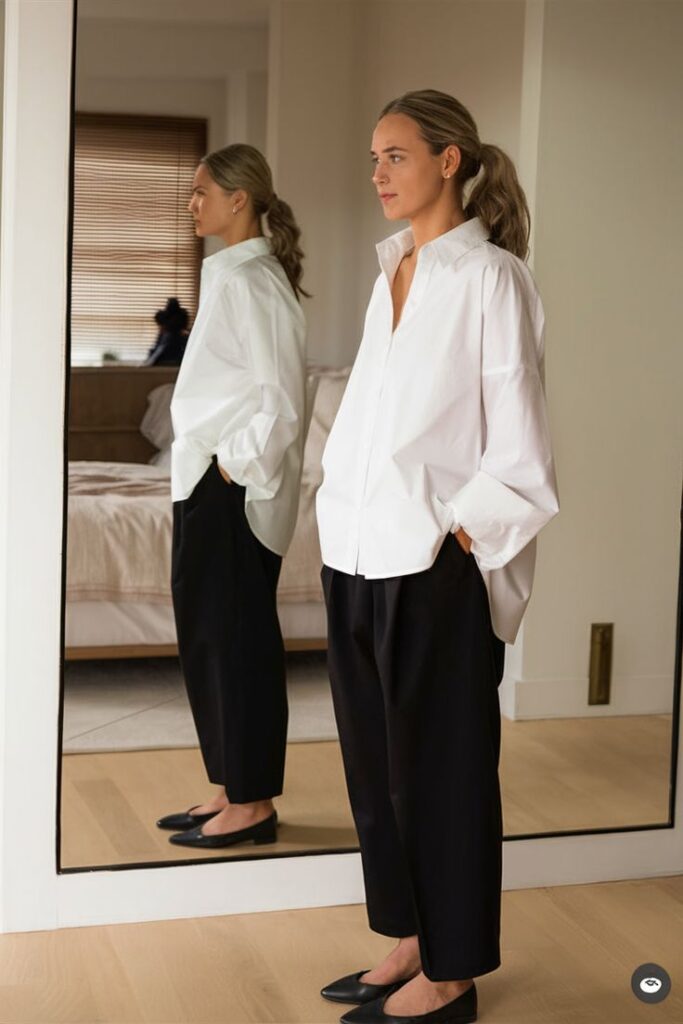
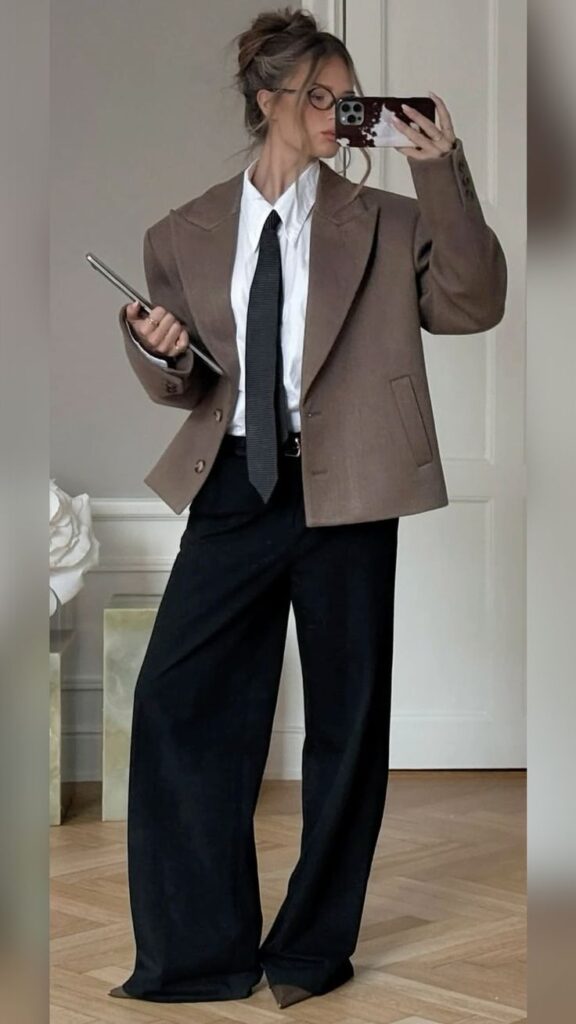
Essential clothing items form the base of a classic wardrobe. These include a white button-down shirt, tailored black blazer, dark blue jeans, little black dress, and a trench coat.
Each piece should be made from quality fabric to last many years. Neutral colors like black, white, navy, and beige make mixing and matching easier.
Accessories are kept simple. For example, a leather handbag and a pair of black pumps work with most outfits. These staples give a clean and polished look every time.
Signature Silhouettes
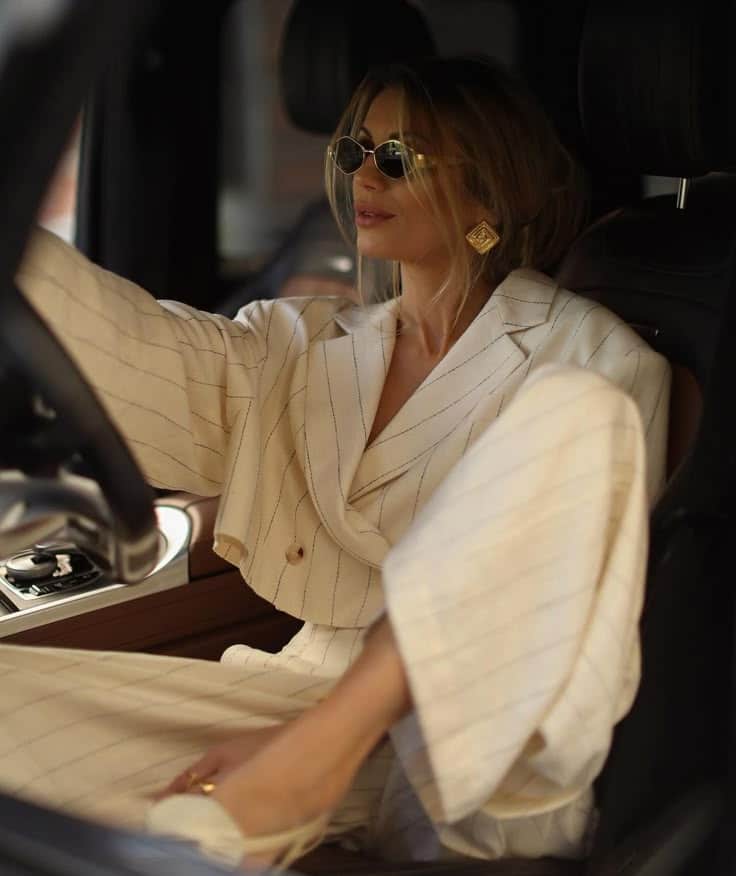
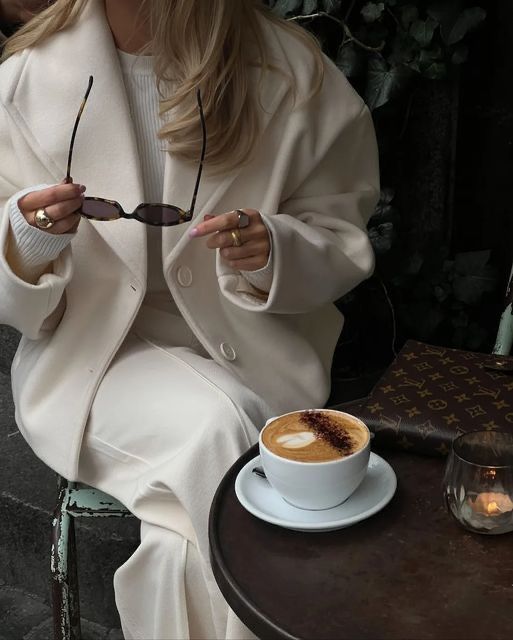
Timeless style favors clean and structured lines over overly tight or loose fits. For example, fitted blazers create a sharp waistline and polish any outfit.
A-line skirts and straight-leg trousers balance comfort with elegance. Dresses with defined waistlines and modest hemlines look classic without drawing too much attention.
Sleeves and collars tend to be simple and neat rather than overly decorated. This kind of silhouette creates an impression of confidence and professionalism without being flashy.
Personalizing Your Look
Creating a unique style means choosing pieces that fit well and match personal tastes. It also involves using clothing and accessories to show who you are.
Building a Personal Wardrobe
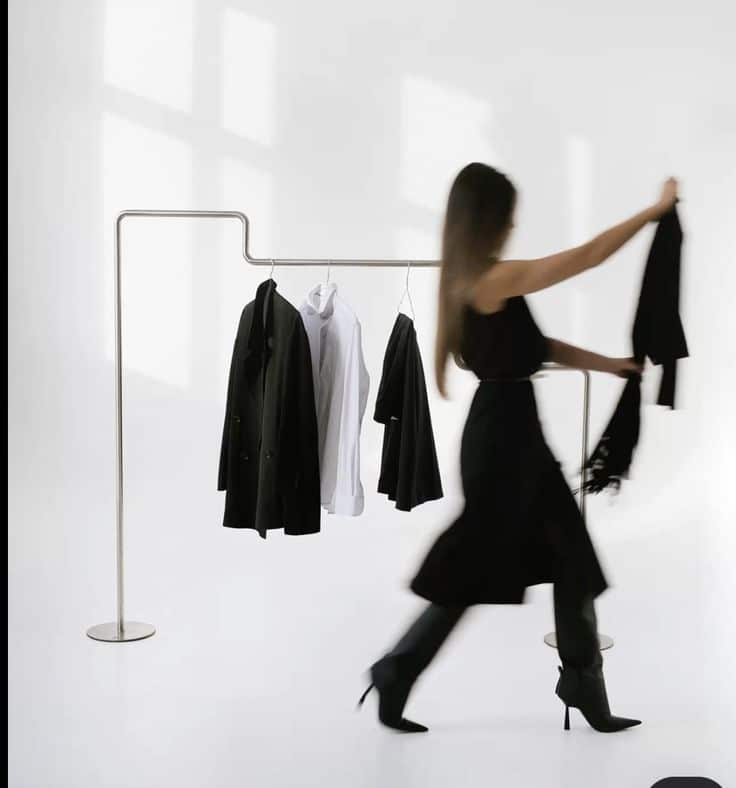
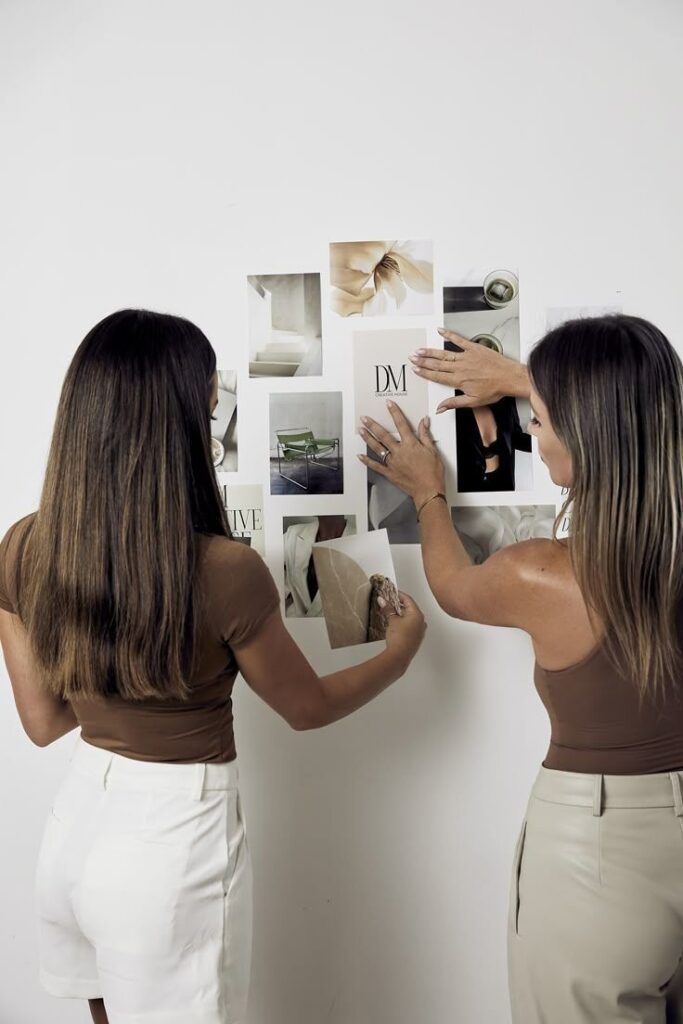
A strong wardrobe starts with staples that fit comfortably and suit daily needs. Items like well-fitting jeans, plain white shirts, and a neutral blazer form the base. These pieces can be mixed and matched easily.
Adding versatile accessories, such as scarves or simple jewelry, gives more options without clutter. Choosing quality over quantity helps clothes last longer and look better.
Assessing lifestyle needs—work, leisure, events—guides what to buy. A few statement items can be added each season to refresh the look without overwhelming the closet.
Expressing Individuality
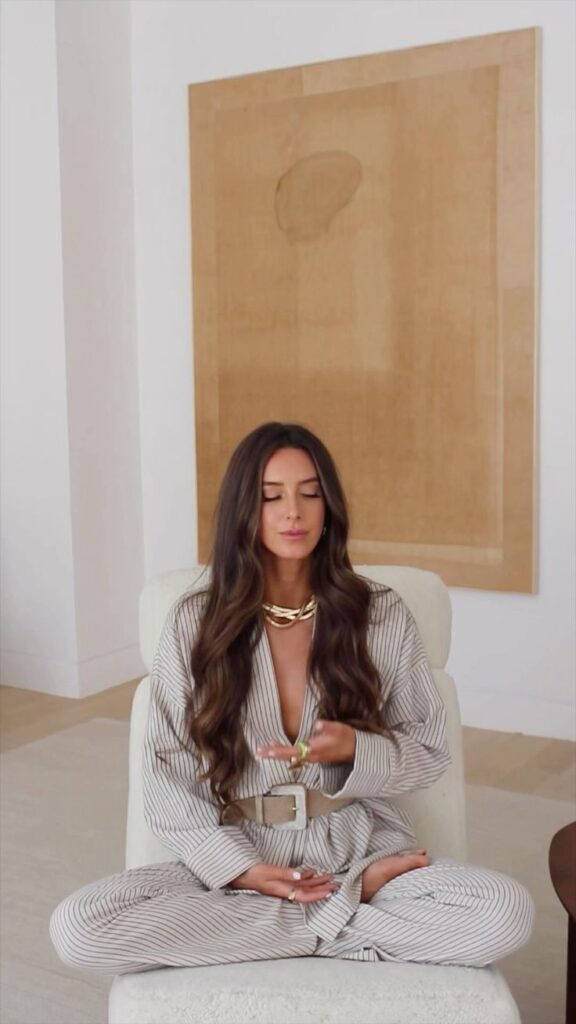
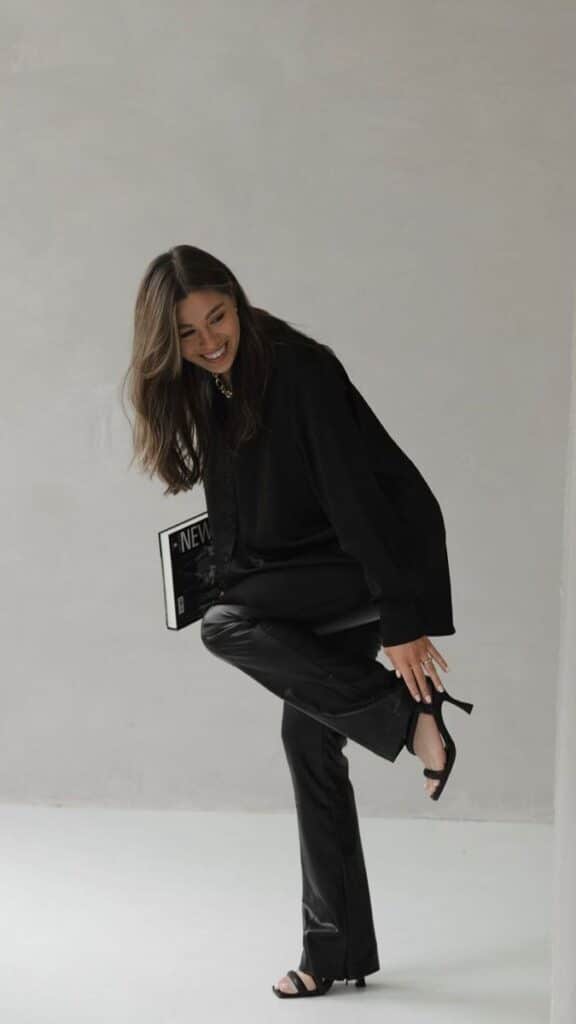
Style is a way to communicate personality without words. Color choices, patterns, and unusual accessories make outfits distinct.
Some may prefer bold prints or bright colors. Others may stick to minimalistic, classic tones with standout accents like a unique bag or shoes.
Experimenting with layers or mixing styles (casual with formal) lets individuals find what feels comfortable and true to themselves. Confidence in those choices completes the look.
Accessories in Women’s Style
Accessories add personality and polish to any outfit. They help balance form and function, highlighting key fashion choices. The right accessories can either stand out or blend in, depending on the look desired.
Handbags and Footwear
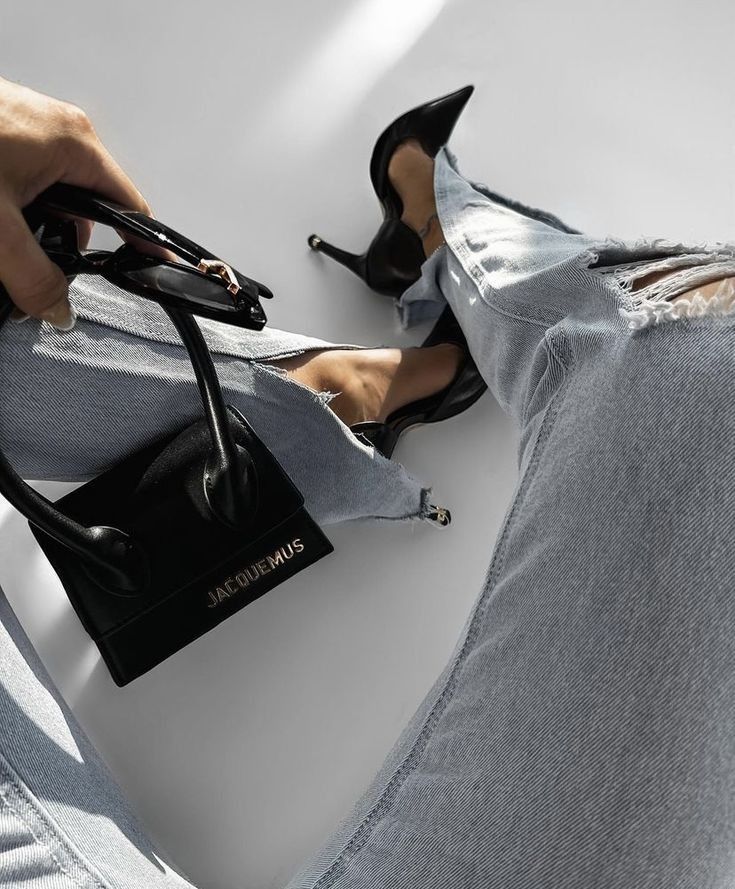
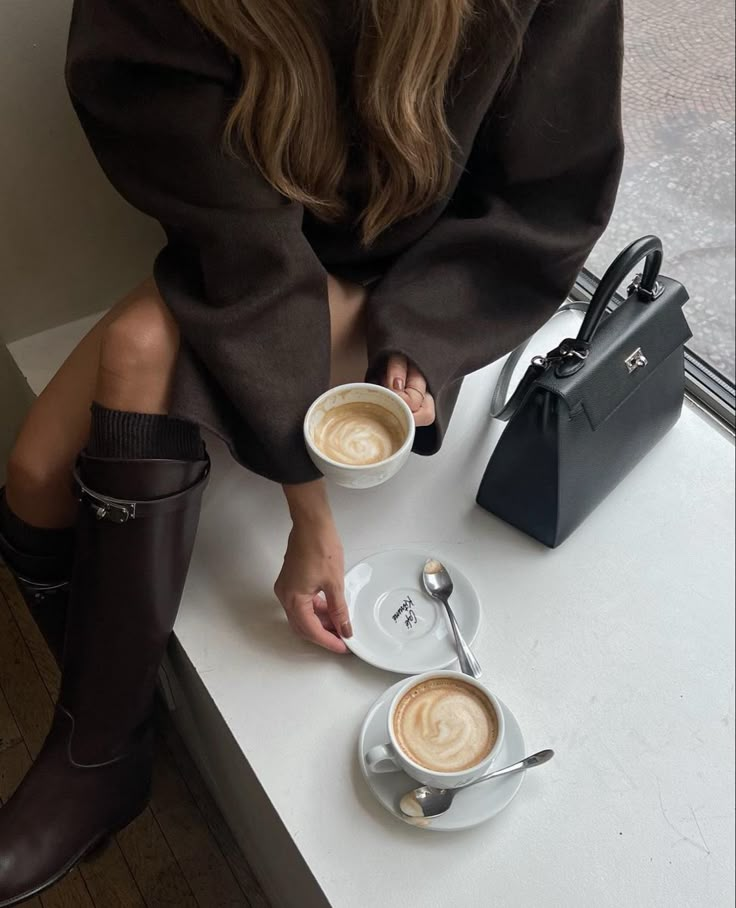
Handbags serve both practical and aesthetic purposes. Popular styles include totes for daily use, clutches for formal events, and crossbody bags for convenience. The choice of material, such as leather or canvas, affects durability and style. Colors often match or complement clothing.
Footwear is equally important. Classic pumps, sneakers, and boots each serve different occasions. Comfort and fit matter for long wear, while design impacts the outfit’s overall feel. Shoes with simple shapes and neutral colors are versatile. Bold shoes can act as focal points.
Jewelry and Watches
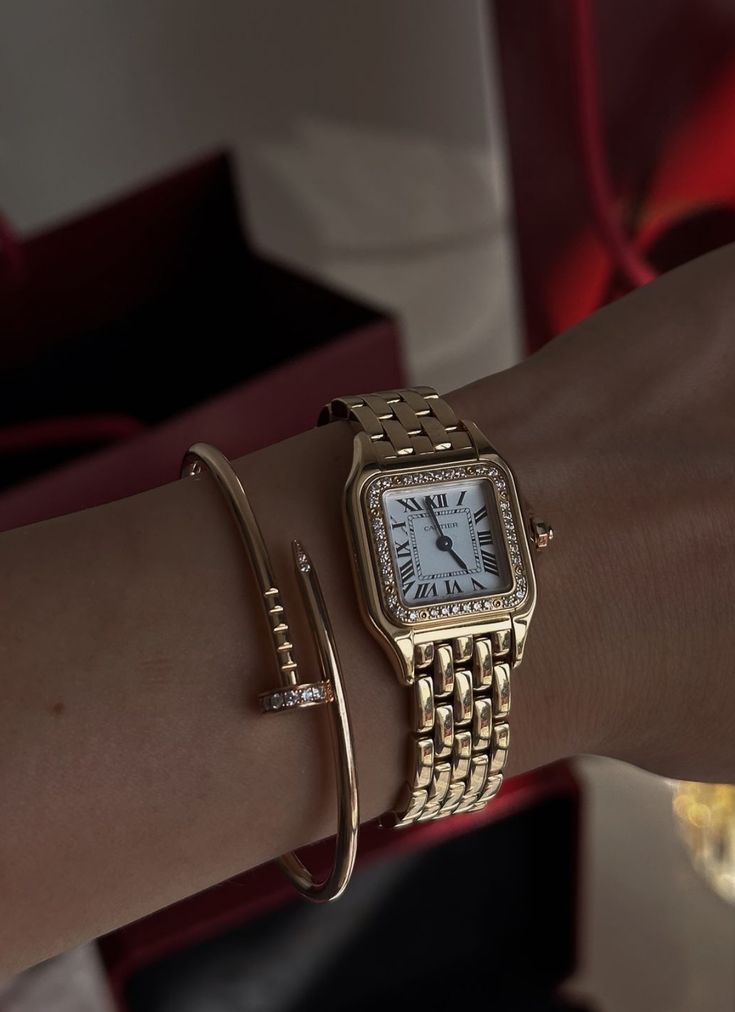
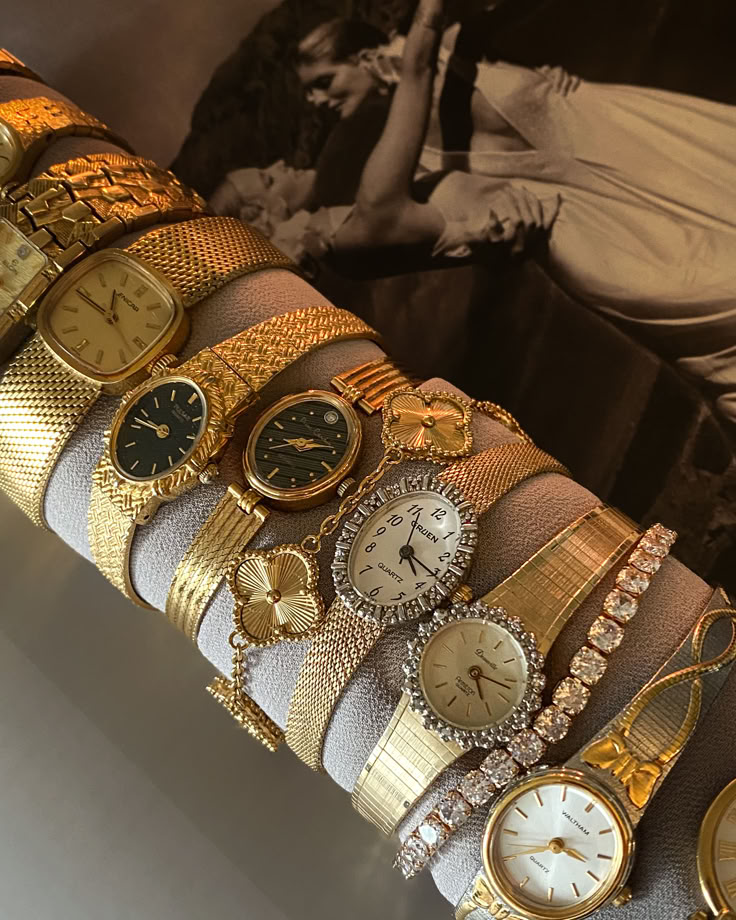
Jewelry varies from minimal pieces like stud earrings to statement necklaces. Materials range from precious metals like gold and silver to costume jewelry. Earrings, bracelets, and rings can enhance facial features and hand gestures.
Watches combine style and function. Some choose sleek metal bands, others prefer leather straps. Smartwatches have grown popular for their technology but maintain style through design choices. The right watch can signal professionalism or casual flair.
Styling for Different Occasions
Dressing well means choosing clothes that fit the event’s tone and purpose. Key points include comfort, appropriateness, and personal style.
Casual Outfits
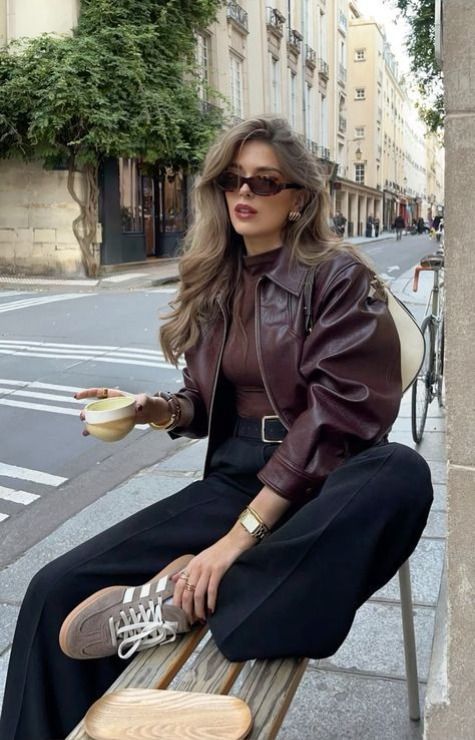
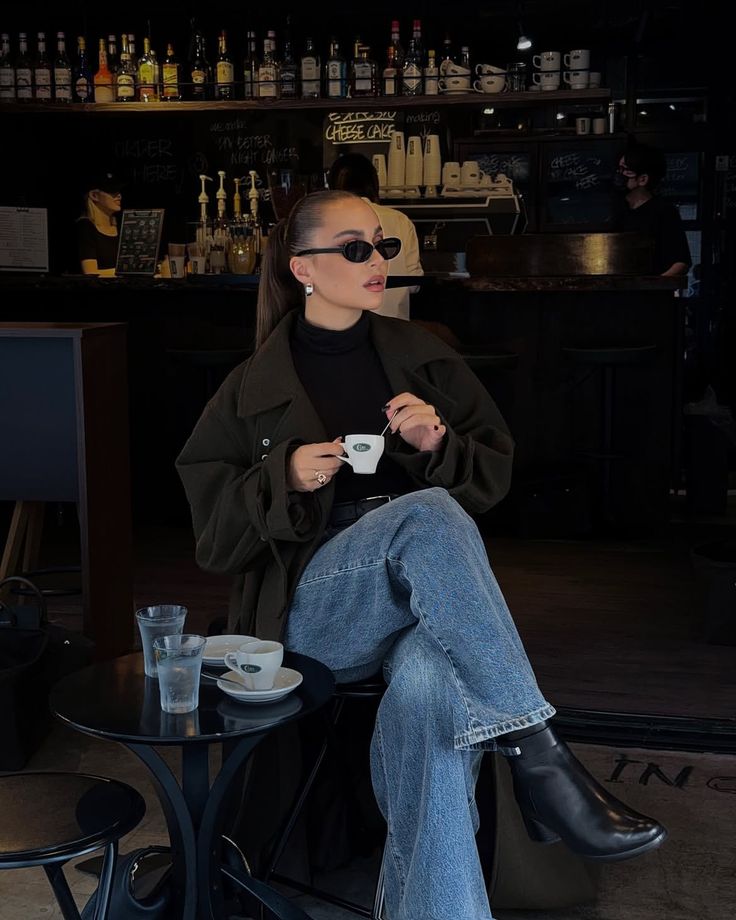
Casual outfits focus on comfort without losing style. Jeans paired with a simple t-shirt or blouse work well for many settings.
Layering with cardigans or light jackets adds versatility. Sneakers or flats are good shoe choices for all-day wear.
Accessories should be minimal but can include a watch, simple necklace, or casual tote bag. Avoid overly bright colors or heavy makeup for a laid-back look.
Work and Professional Attire
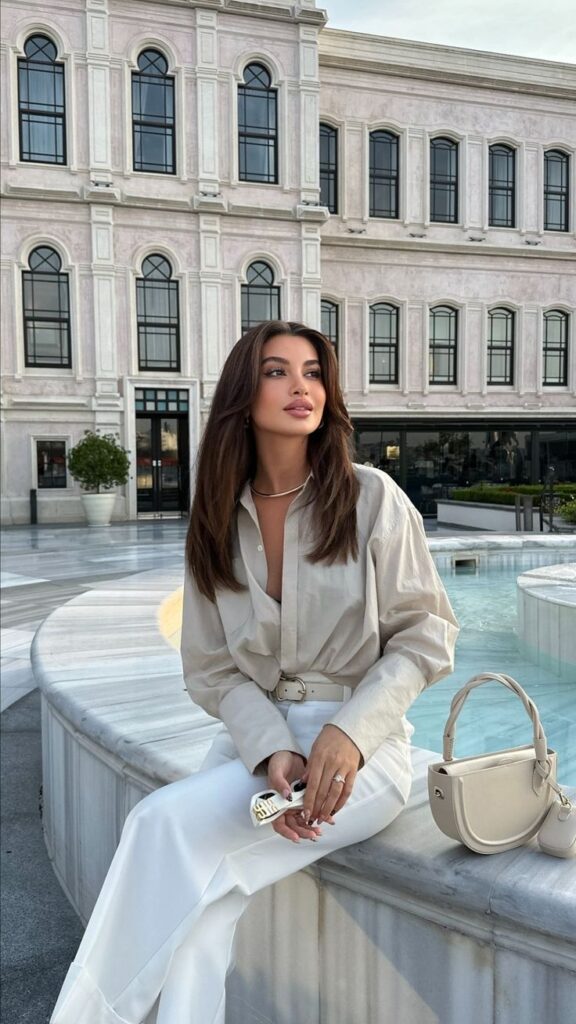
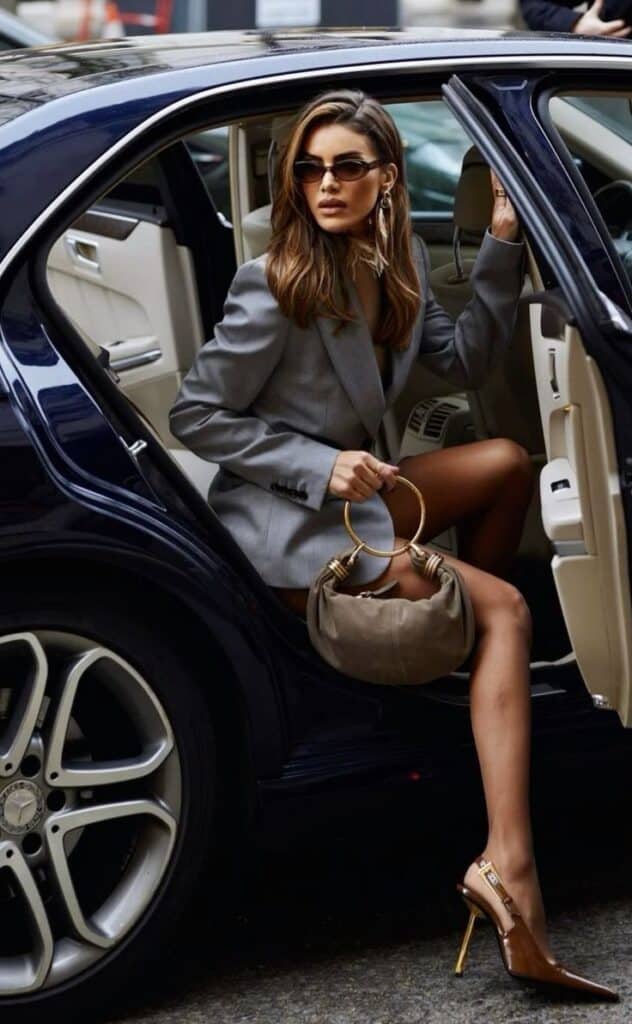
Workwear should appear polished and professional. Tailored blazers, dress pants, and pencil skirts create a smart silhouette.
Neutral colors like black, navy, gray, and white work best. Shirts or blouses should be neat, with simple patterns or solid tones.
Shoes should be closed-toe and modest, like loafers or low heels. Minimal jewelry and light makeup maintain a clean, businesslike appearance.
Sustainable and Ethical Fashion
Sustainable and ethical fashion focuses on reducing harm to the environment and improving conditions for workers. It involves choosing materials and brands that prioritize responsibility and care.
Eco-Friendly Fabrics
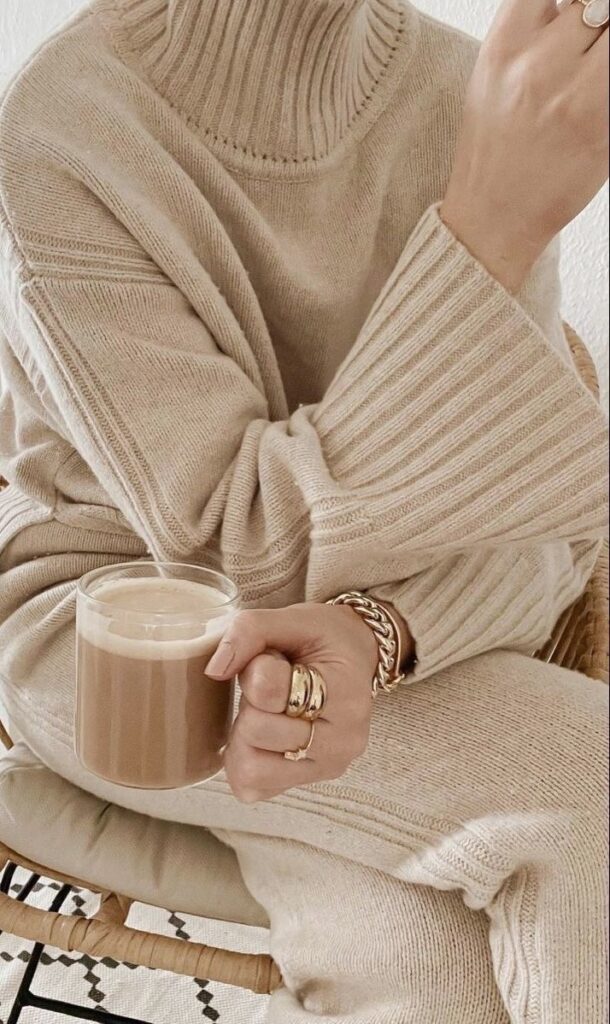
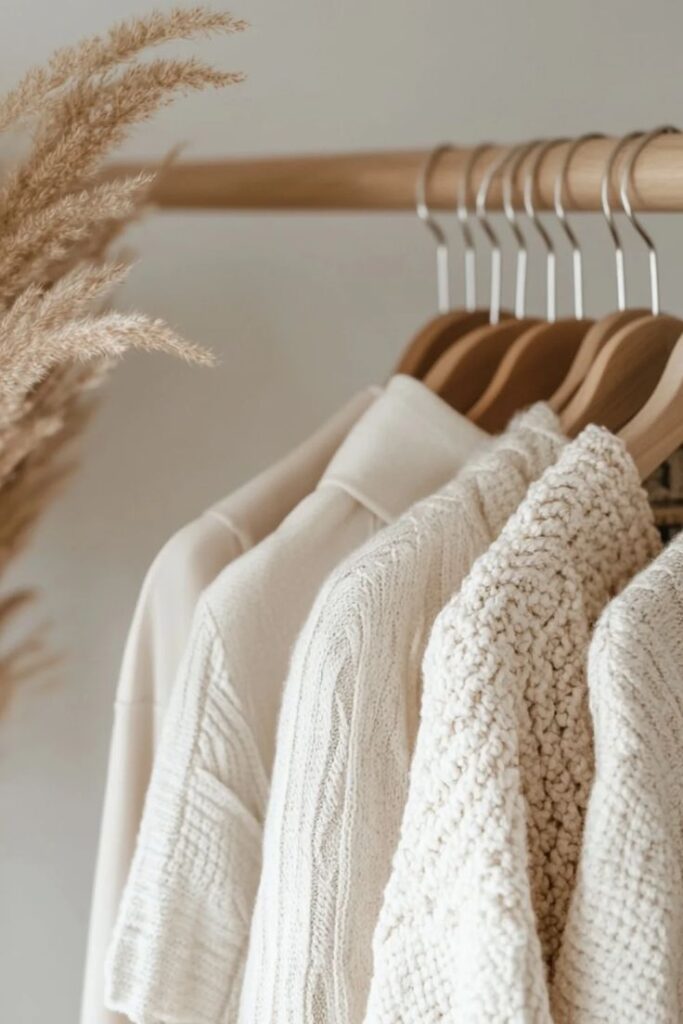
Eco-friendly fabrics are made from natural fibers that use fewer resources and chemicals. Examples include organic cotton, which avoids pesticides, and hemp, known for its low water use.
Other alternatives are recycled polyester and Tencel, which come from renewable sources or repurposed materials. These fabrics help reduce waste and lower pollution.
Choosing these materials supports farming and production methods that protect soil, water, and air. They often last longer and require less energy to produce.
Ethical Brands in Women’s Style
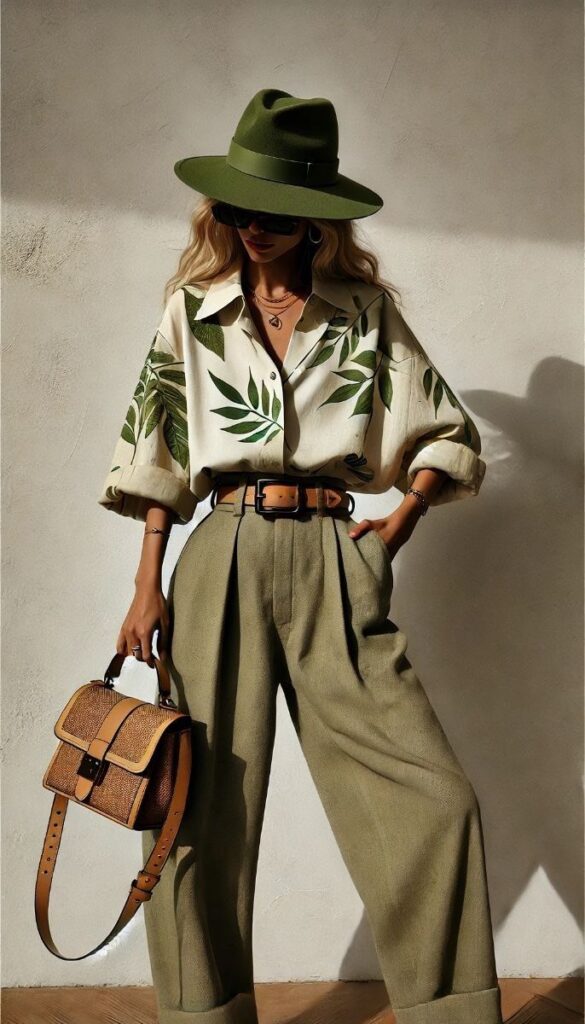
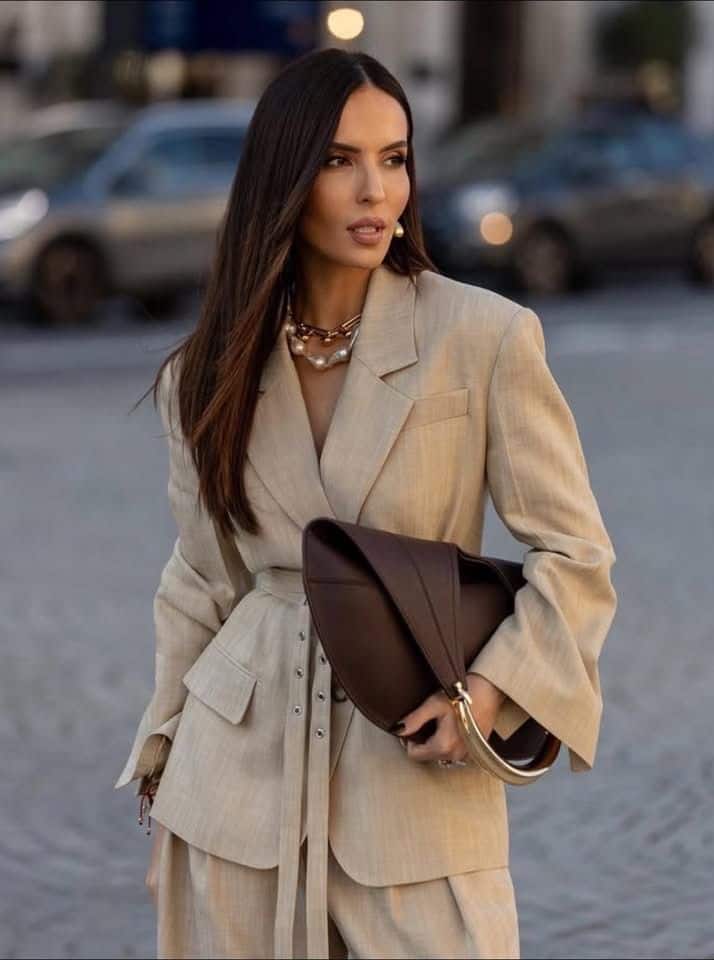
Ethical brands focus on fair pay, safe workplaces, and transparent supply chains. They often share information about their factories and labor practices.
Many brands also use recycled or eco-friendly fabrics and donate a part of their profits to social causes. Brands like Patagonia, Everlane, and People Tree are known for these efforts.
Shoppers can look for certifications like Fair Trade, GOTS (Global Organic Textile Standard), and B Corp to identify ethical companies. These labels help verify a brand’s commitment to workers and the planet.
Global Influences on Style
Women’s fashion is shaped by many worldwide sources. Key cities lead trends while diverse cultures offer rich designs and patterns. These factors help define what women wear across the globe.
International Fashion Capitals
Cities like Paris, Milan, New York, and Tokyo play big roles in setting trends. Paris is known for chic, timeless looks. Milan focuses on luxury and high-end craftsmanship. New York mixes casual with bold street style. Tokyo offers unique, edgy fashion that often breaks traditional rules.
Fashion weeks in these cities attract designers, buyers, and media. They show new collections that influence what stores offer globally. Many brands launch their biggest trends during these events, which helps spread styles across countries.
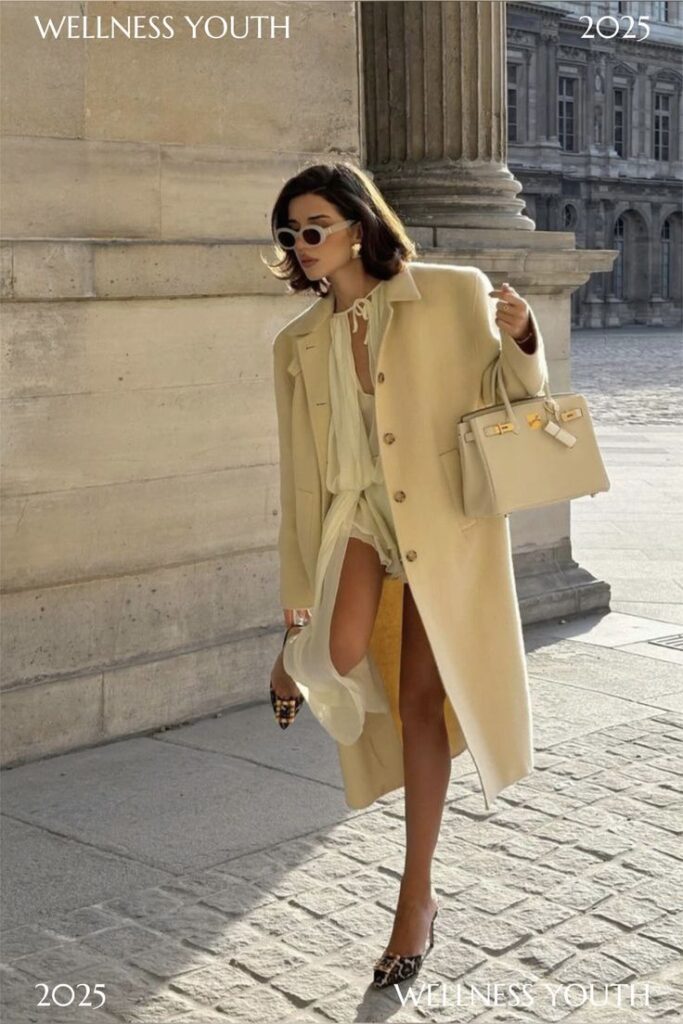
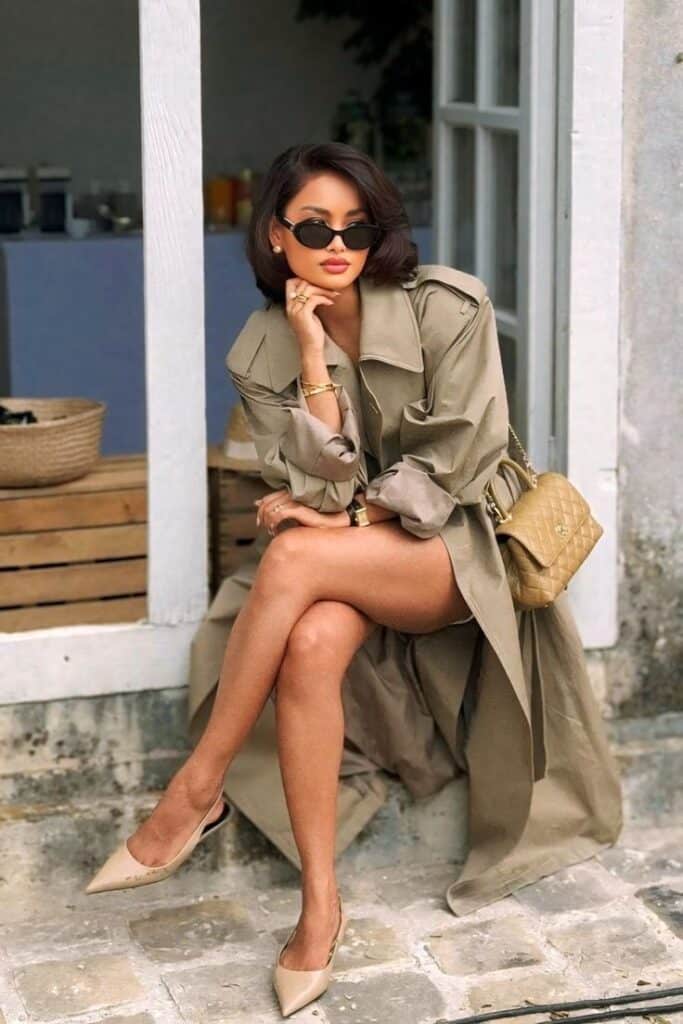
Cultural Inspirations
Cultural heritage provides a deep source of ideas for women’s style. Patterns, textiles, and embroidery from places like India, Africa, and Latin America are popular worldwide. These elements bring color and texture to modern fashion.
Traditional clothing pieces often get reinterpreted for today’s looks. For example, Japanese kimonos inspire flowing outerwear designs. African prints influence bold skirts and dresses. This mix of old and new makes fashion more diverse and rich.
Style Tips and Advice
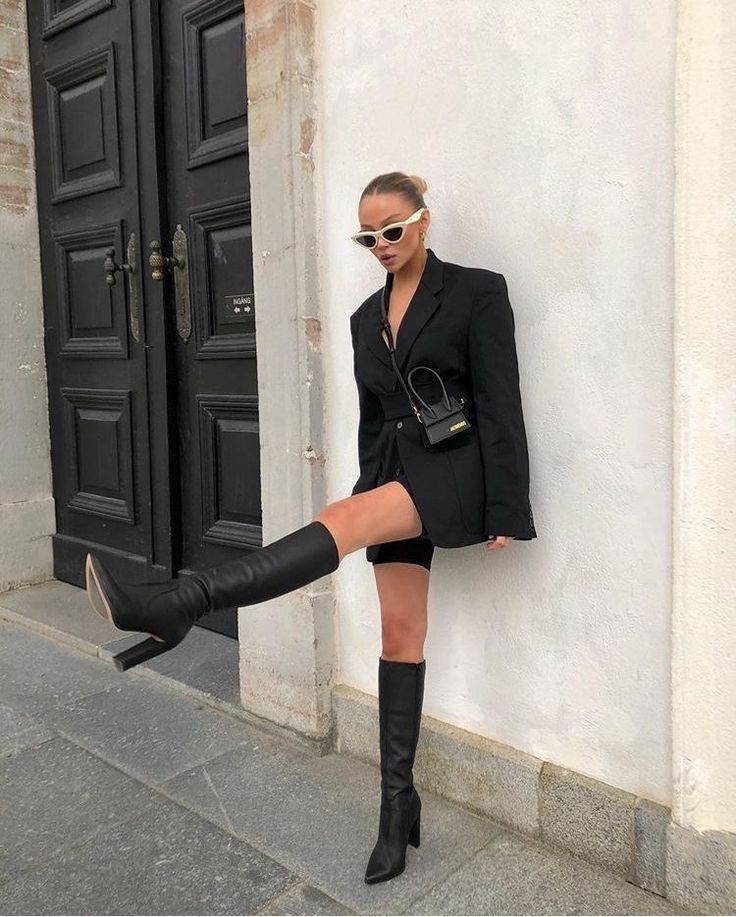
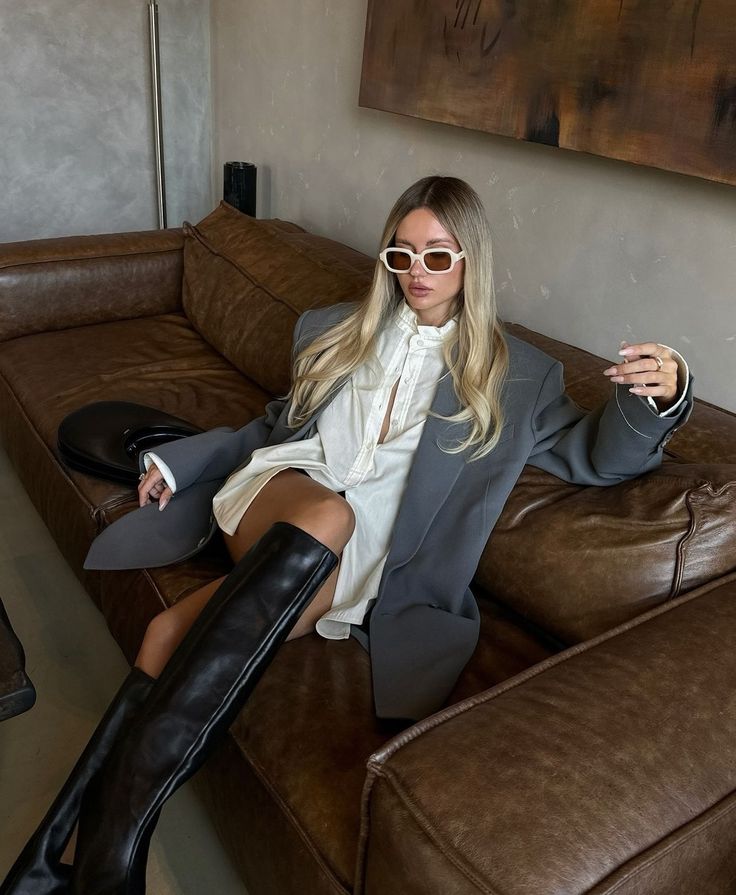
She should focus on wearing clothes that fit well. Clothes that are too tight or too loose can take away from the overall look. A good fit enhances comfort and appearance.
Choosing colors that match her skin tone is important. Warm skin tones often look best in earth colors, while cool skin tones suit blues and greens. This helps create a balanced look.
Accessories can change an outfit quickly. Simple items like a watch, necklace, or scarf can add personality without clutter. It is best to avoid over-accessorizing.
Layering clothes helps create interesting outfits. A jacket over a dress or a shirt under a sweater adds depth and style. It also allows flexibility for changing weather.
Basic style tips to keep in mind:
| Tip | Description |
|---|---|
| Fit | Wear clothes that fit your body |
| Colors | Match clothes to your skin tone |
| Accessories | Use simple items to enhance style |
| Layering | Combine pieces for dimension |
Shoes matter, too. Choosing the right pair can complete or spoil an outfit. Comfort should not be sacrificed for style when possible.
She should dress for the occasion. Casual, formal, or business settings require different choices. Knowing what to wear helps build confidence.
- 884shares
- Facebook0
- Pinterest884
- Twitter0

